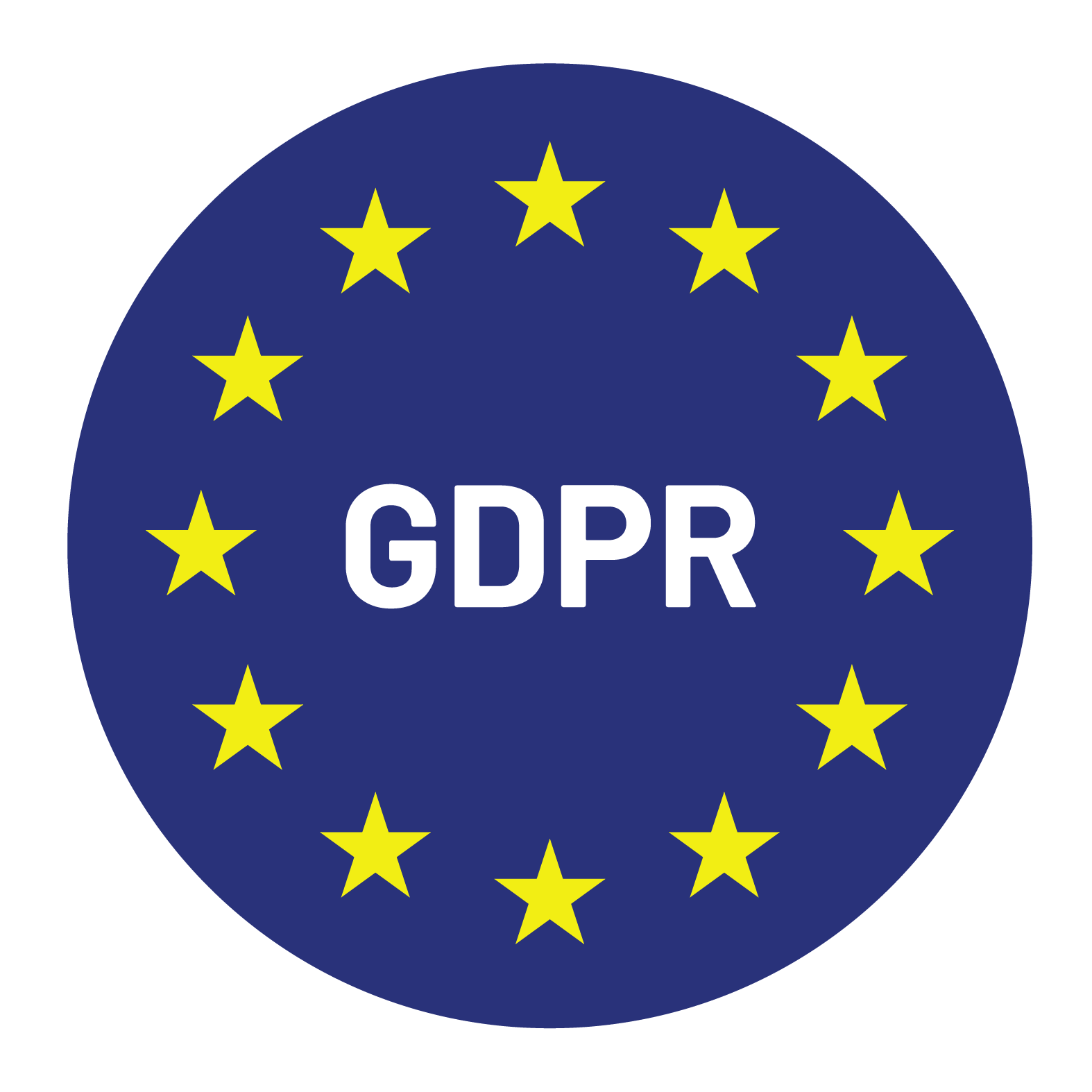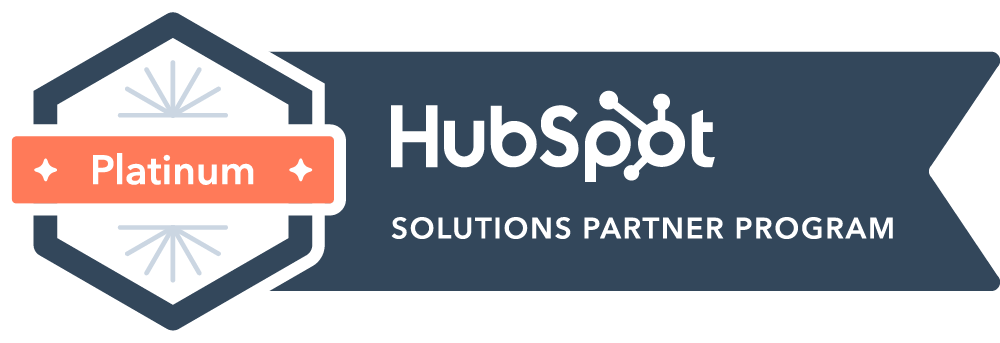


Founder and CEO of Whistle, with over 10 years of selling technology to hundreds of SMB and Enterprize companies across multiple sectors.
When it comes to gaining new clients, there is no one-size-fits-all formula. However, there are several strategies and approaches that can greatly increase your chances of success. In this article, we will explore some key ingredients for winning new clients, including B2B outreach, sales techniques, and effective marketing strategies. Whether you are a sales professional, a business owner, or a marketing team member, these insights will help you unlock the potential for growth and success in acquiring new customers. So, let’s dive in and discover the formula for gaining new clients!
Developing a strategy in the B2B sales process offers numerous benefits. One of the key advantages is efficient outreach. By identifying your potential customers and target audience, you can focus your efforts on reaching out to those who are most likely to be interested in your products or services. This targeted approach saves time and resources by avoiding outreach to uninterested parties.
A well-developed strategy also leads to increased response rates. By understanding your ideal customers’ needs and pain points, you can tailor your messaging to resonate with them. This personalized approach grabs their attention and encourages them to engage with your outreach efforts.
A solid strategy results in more calls, meetings, and ultimately closed deals. By effectively conveying the value of your offerings and addressing the challenges faced by your potential clients, you establish credibility and trust. This builds the foundation for productive conversations and facilitates the progression of prospects through the sales funnel.
Before you can effectively reach and engage potential clients, it’s crucial to identify your target audience. This involves understanding who your ideal customers are, what their needs and challenges are, and where they can be found. Conducting market research, analyzing data, and creating buyer personas can help you gain insights into your target audience’s demographics, interests, and behaviors. By honing in on your target audience, you can tailor your messaging, marketing efforts, and outreach strategies to resonate with them more effectively. This targeted approach increases the likelihood of attracting the right potential clients and converting them into loyal customers.
When it comes to attracting new clients, defining your ideal customer profile allows you to focus your efforts on targeting the right audience and establishing yourself as an expert in your industry. There are several factors to consider when defining your ideal customer profile:
– Consider the revenue size of potential customers: This will help you identify organizations that have the financial capacity to invest in your products or services.
– Take into account the employee count of these organizations: This will give you an idea of the scale of operations and the level of resources available.
– The type of product sold: Understanding the industry or niche in which your potential clients operate will enable you to tailor your marketing efforts and speak directly to their needs.
– Consider the mutual goals that you share with your clients: Identifying shared objectives can help build a strong relationship and mutual value.
To effectively tap into future leads and attract new clients, it is crucial to thoroughly analyze your current customer base. This analysis will provide valuable insights into your audience and help identify trends and patterns that can drive your business’s growth. Here are the steps to follow:
– Evaluate Demographics: Start by examining the demographic data of your existing customers. Look at factors such as industry type, company size, and geographical location. This will help you understand the characteristics of your target audience and tailor your strategies accordingly.
– Assess Behaviors: Dive deeper into your customer’s behaviors and purchasing patterns. Analyze their buying frequency, average order value, and preferred channels of communication. This information can guide your marketing efforts and improve your customer engagement strategies.
– Research Customer Needs: Understanding the pain points, challenges, and goals of your current customers is essential. Conduct surveys, interviews, and market research to gain valuable insights into their needs. This will enable you to refine your products or services and provide better solutions to potential clients.
– Implement Account-Based Sales (ABS): B2B companies can benefit greatly from implementing an account-based sales approach. ABS involves targeting specific accounts that align with your ideal customer profile and tailoring personalized marketing and sales efforts toward them.
– Create Custom Targeted Content: Utilize the information gathered from your customer analysis to create relevant content for your target audience. Craft blog posts, whitepapers, case studies, and videos that address their challenges and provide solutions. This will position your business as an industry expert and attract potential leads.
A well-designed sales funnel is crucial to effectively convert potential customers into paying clients. By understanding the different stages of the buying process, businesses can create a strategic journey that guides prospects toward making a purchase.
The sales funnel typically consists of four stages:
In the B2B sales process, prospective customers go through a journey consisting of several stages and touchpoints.
– The Awareness Stage: The customer journey begins with awareness, where prospects become aware of their pain points and start seeking solutions. Sales teams can leverage this stage by providing valuable content through blog posts, guest posts, and social media profiles to attract their target audience.
– The Consideration Stage: This is where prospects actively research and evaluate different options. Sales teams can engage with prospects through email marketing, cold emails, and follow-up emails, offering personalized solutions and addressing their specific needs.
– The Decision Stage: As prospects move into this stage, they are ready to make a purchase and are seeking the best possible solution for their needs. Sales teams can provide case studies, testimonials, and demonstrations to showcase the value of their product or service and help prospects make an informed decision.
– The Action Stage: In this final stage, it is essential to make it easy for customers to take the desired action, whether it’s making a purchase, signing up for a subscription, or booking a consultation.
Creating effective cold emails and content marketing strategies is crucial for gaining new clients in the B2B space. Cold email outreach allows sales teams to directly reach out to potential customers who may not be aware of their product or service. Personalized emails tailored to the recipient’s needs and pain points can significantly increase response rates and engagement.
Segmenting your target audience is another important aspect of effective outreach. By dividing your audience into smaller, specific groups based on demographics, industry, or job titles, you can create more targeted and relevant content. This allows you to address the unique needs and challenges of each segment, increasing the chances of converting prospects into clients.
When creating content, it’s essential to place prospects’ needs over sales pitches. By providing valuable and informative content that addresses their pain points and offers solutions, you establish yourself as a trusted authority and build credibility. This not only attracts potential clients but also positions you as a valuable resource throughout their buying journey.
Building a strong and effective B2B sales team is crucial for the growth and success of any business. A talented and motivated sales team can help drive revenue, attract new clients, and expand market reach. However, the process of building and nurturing a successful B2B sales team requires careful planning, strategy, and an understanding of the unique dynamics of B2B sales. From defining roles and responsibilities to establishing clear goals and targets, every aspect of building a sales team needs to be well thought out.
In B2B sales operations, SDRs play a critical role in driving business growth. Their responsibilities extend beyond making sales calls or sending out cold emails. Managers should assign daily, weekly, and monthly activities to reps to ensure prospects and leads are moving through the pipeline efficiently. Assigning specific tasks and goals to SDRs helps identify weak points in the sales process and prevents redundant or overlapping activities.
SDRs are responsible for conducting research on potential customers, identifying target audience segments, and tailoring their outreach strategies accordingly. They should also be proactive in building relationships and understanding the needs of their ideal customers. Updating customer information and maintaining accurate records of interactions are essential to keeping the sales pipeline organized.
SDRs should collaborate with marketing teams to align their efforts and ultimately drive revenue growth. They play a vital role in providing feedback on prospect behavior and response rates, helping marketing teams refine their strategies and optimize the overall sales process.
A comprehensive sales cycle is essential for B2B businesses looking to attract new clients and grow their customer base. It involves strategically guiding potential customers through the buying process, from initial awareness to final purchase. The key elements and strategies involved in developing a successful sales cycle, including:
The B2B sales process involves a series of stages that guide sales reps from prospecting to closing a deal. By implementing a structured approach, B2B companies can effectively navigate the complex sales cycle and maximize their chances of success. Here are the key stages involved in structuring the B2B sales process:
– Prospecting: In this stage, sales teams identify potential customers within their target market. Keyword research, social media profiles, and email lists play a crucial role in finding leads. The purpose is to build a pool of qualified leads for further engagement.
– Qualifying: Once leads are generated, it’s important to assess their suitability as potential clients. During the qualifying stage, sales reps evaluate factors such as the prospect’s budget, decision-making authority, and fit with the company’s ideal customer profile. This helps prioritize efforts toward leads with the highest potential.
– Needs Assessment: In this stage, sales reps engage with qualified leads to understand their specific pain points and requirements. This involves conducting in-depth conversations, asking relevant questions, and actively listening to the prospect’s needs. The purpose is to tailor the solution to meet the customer’s unique challenges.
– Presentation: This stage involves showcasing the company’s product or service as the solution to the customer’s needs. Sales reps present a compelling value proposition and demonstrate how their offering addresses the prospect’s pain points. The key actions involve effective communication, using visual aids, and highlighting the benefits that add value.
Having an effective follow-up strategy is crucial for gaining new clients in B2B sales. Here are some key elements to consider when designing a follow-up strategy:
– Personalized Messages: Generic follow-up emails often end up in the trash bin. Personalized messages, on the other hand, show that you value the prospect’s time and specific needs. Tailoring your communication based on previous interactions and understanding their pain points will greatly increase the chances of engagement.
– Social Proof Elements: Incorporating social proof elements into your follow-up can build trust and credibility with potential clients. Sharing success stories, customer testimonials, or case studies that demonstrate how your product or service has helped similar businesses, can be compelling and persuasive.
– Knowing When to Stop Following Up: It’s important to recognize when leads are unresponsive and when to stop pursuing them. Continuously reaching out to uninterested prospects can be counterproductive and waste valuable time. Have a clear criteria for determining when to redirect resources to more promising opportunities.
A conversion rate refers to the percentage of potential customers who take a desired action, such as making a purchase or filling out a contact form. Optimizing conversion rates is a key aspect of the sales process that can significantly impact a company’s revenue.
By refining audience personas and gaining insight into their pain points, preferences, and purchasing behaviors, businesses can tailor their messaging and content to resonate with potential customers. This personalized approach increases the chances of converting leads into paying customers.
By providing valuable and relevant information through blog posts, videos, whitepapers, or webinars, businesses can establish themselves as industry thought leaders. This positions them as trusted resources and enhances the likelihood of converting prospects into customers.
By showcasing testimonials, case studies, or endorsements from satisfied customers, businesses build trust and credibility. Prospective customers are more likely to convert when they see that others have had positive experiences with a product or service.
A well-designed and user-friendly website, clear call-to-action buttons, and a seamless checkout process all contribute to a smoother customer journey, reducing friction and increasing conversions.
Interested in learning more? Book a meeting to hear more about how Whistle can help you design your winning formula for gaining new clients.


© Copyright – Whistle 2023

An expert panel on best practices for selling software.